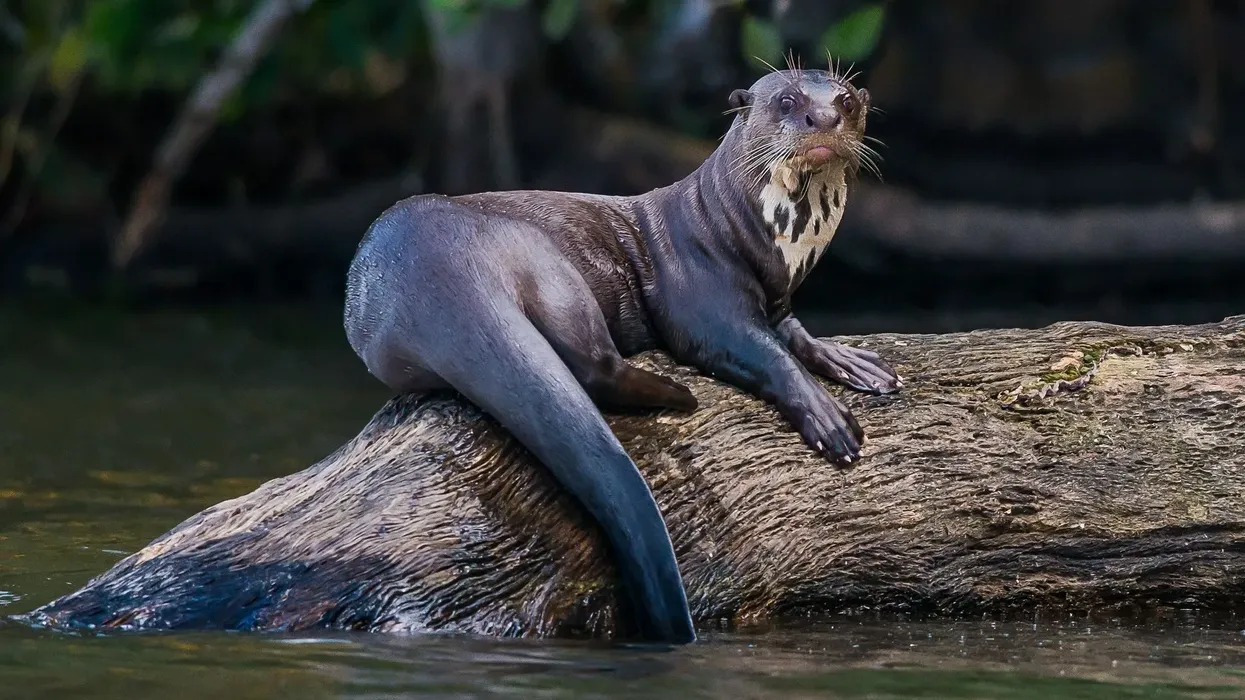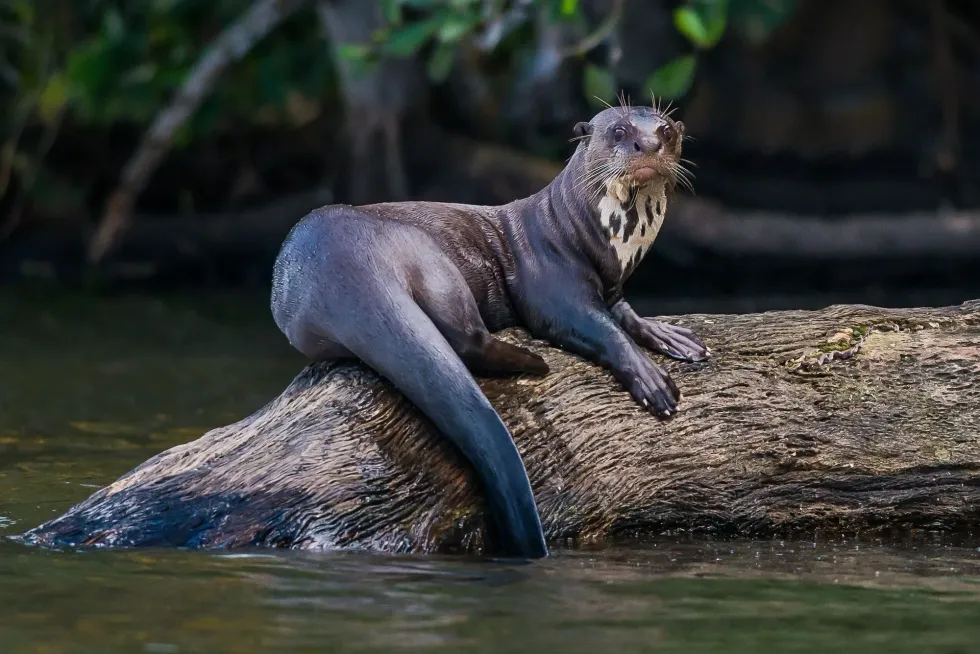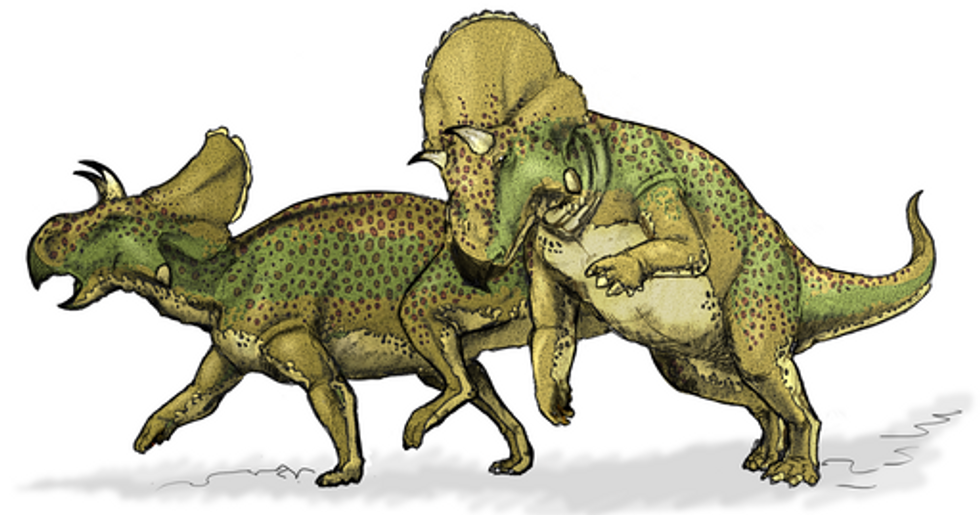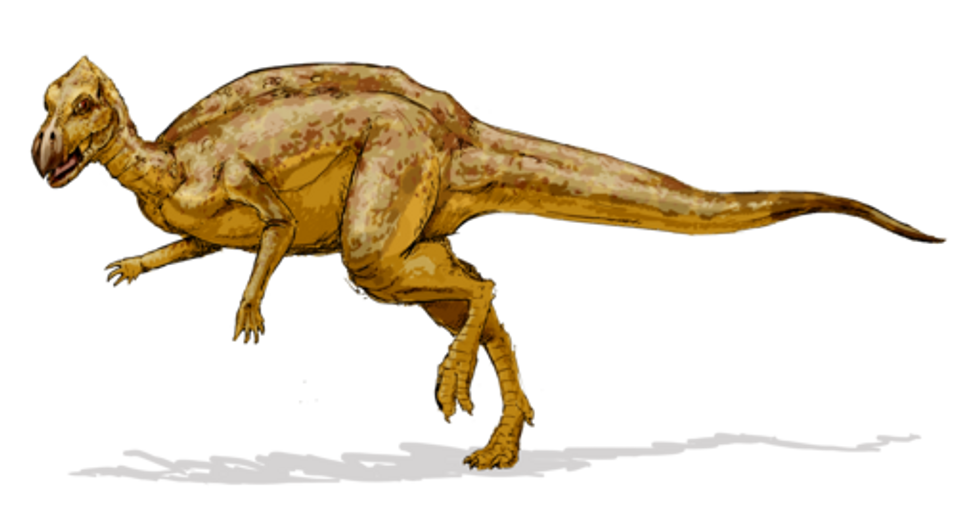Giant otters (Pteronura brasiliensis) are the world's largest species of otters and are found only in South America. The giant otter is also known as the giant river otter or 'river wolf' (lobo del río) in Spanish. They are incredibly active and social animals.
Giant otters are the loudest otter species and are highly territorial. This Endangered species population is declining rapidly due to habitat destruction and fragmentation due to mining. Their fur is collected by illegal hunting.
Giant otters live, hunt, and eat together as a group. They are excellent swimmers and divers, with the young ones learning to swim as early as two months of age.
Giant otters are carnivorous mammals. The giant otter diet depends heavily on fish. They are well known for their engineering skills and giant otters build their own dens, latrines, and campsites near lakes.
You can also check out our fact files on Nile lechwe and tree kangaroo from Kidadl.
Giant Otter Interesting Facts
What type of animal is a giant otter?
The giant otter (Pteronura brasiliensis) is an otter belonging to the weasel family Mustelidae. They are active predators with long bodies and short legs. They are from the same family groups as weasels, other otters, ferrets, badgers, martens, wolverines, and minks.
What class of animal does a giant otter belong to?
Giant otters are mammals belonging to the order Carnivora, family Mustelidae, and subfamily Lutrinae. They are the only species of otters that belong to the genus Pteronura.
How many giant otters are there in the world?
Giant otters are a rare and extremely Endangered species of otters. The exact estimate of the giant otter population is unknown. There were only around 60 captive individuals in zoos. An average estimate of the giant otter population in the world is 5000.
Where does a giant otter live?
Giant otters are endemic to South America. They were found in the Orinoco, Manu National Park in south-eastern Peru, Amazon Basin, Parana Basin, and Guianas. They are distributed across northern Venezuela to Argentina in the South.
The giant otters' distribution across the continent is disrupted and fragmented leading to excessive habitat destruction. Many local populations are going Extinct due to fragmentation. Only 2% of the original population exists now.
What is a giant otter's habitat?
The major habitats of giant otters are streams, lakes, slow-moving rivers, marshes, and swamps. They do not live in waters with steep flow gradients. They prefer water bodies with sandy or rocky bottoms and high fish density.
Giant otters love dense vegetation near their habitat. Occasionally giant otters are found in agricultural canals, reservoirs, and drainage canals. They are highly territorial and maintain a stable group of population.
Who do giant otters live with?
All otter species are highly social animals and it is a characteristic feature of the family Mustelidae. Giant otters live in groups of three to eight family members. Each group has a dominant breeding pair, non-breeding adults and young ones. They are social, cooperative, and close-knit.
At times, family groups of giant otters accept non-related adults. Giant otters have well-established territories and two to 15 families live nearby in a particular habitat. Once a year, each family group must produce a litter, rarely two. A group of giant otters is a raft, a bevy, or a romp.
How long does a giant otter live?
In the wild, a giant otter lives up to an average age ranging from 10 to 12 years. Their lifespan increases to about 17 years in captivity in zoos.
How do they reproduce?
Giant otters breed throughout the year, but their major breeding season is in late spring and early summer. A giant otter reaches sexual maturity at the age of two to three years.
Giant otters are monogamous and each family has a breeding pair. Females have a 21-day estrous cycle and are receptive for three to 10 days. Mating takes place in the water.
The gestation period of a giant otter is 65 to 70 days. Female giant otters give birth to a litter of one to five cubs each year inside their underground den near the lake.
The average interval between litters is usually six to seven months. Both male and female actively rear their young ones. Cubs are born blind and live in their family den for the first few weeks.
Giant otter cubs are reared privately in a central den that connects to an adjacent waterway via a tunnel or series of tunnels. They build their dens where fish resources are plenty and the water is shallow.
What is their conservation status?
According to the IUCN Red List of threatened species, the conservation status of the wildlife giant otter is classified as Endangered. They are continuously monitored and various conservation efforts are active.
Giant river otters are listed in various National Red Lists as Critically Endangered (Paraguay and Ecuador), Endangered (Peru, Colombia, Venezuela, Bolivia), and Vulnerable in Brazil. They are Extinct in Uruguay, and the wildlife population is probably Extinct in Argentina.
Giant Otter Fun Facts
What do giant otters look like?
Giant otters have a long, slender body with short limbs, a muscled tail, and webbed feet with sharp claws. They are the largest otter species but not the heaviest. The giant otter skull is short-snouted, giving its head a ball-like appearance.
They have short, sloping muzzles, rounded ears, slit-like nostrils, and highly sensitive whiskers. Their nose is covered with fur. Giant otters have the ability to seal their nose and ears which enables them to dive underwater.
Giant otters have short, dense, chocolate-brown fur which looks black when wet. They have a unique white marking on their neck under their chin. They have strong vision, an acute sense of hearing, and an excellent sense of smell which enhances their hunting skill.
How cute are they?
Baby otters are extremely cute-looking. They are covered in fur and very cuddly looking, but don't let looks deceive you. Otters are extremely protective of their young ones, and become aggressive and territorial.
How do they communicate?
Giant otters can be very noisy and loud. They communicate by using a complex array of vocalizations. Each vocal indicates a particular situation. A quick short bark indicates an interest, explosive snorts indicate potential threats, and they scream at intruders. A low growl suggests an aggressive warning. Each family of giant otters has its unique audio signatures.
How big is a giant otter?
Giant otters are the world's largest species of otter. Giant river otter size is double the size of the world’s smallest otter, the Asian small-clawed otter. Meanwhile, in the comparison between giant river otter vs sea otter, sea otters are twice or thrice bigger than giant otters.
Male giant otters are slightly longer than females. Male giant otters can grow up to 5.5 ft (1.7 m).
A female otter grows to a length between 3.3-4.9 ft (1-1.5 m). They have long muscular tails that add another 28 in (70 cm). This is two times the size of other otters and roughly the same size as an adult human on average.
How fast can a giant otter swim?
Giant otters are excellent swimmers and divers owing to their short, webbed feet and flattened tails. They have adapted well to aquatic habitats as they possess water-repellent fur, webbed claws, and have the ability to seal their nose and ears underwater, as well as, detect the shift in the water current with the help of their whiskers.
Their entire body undulates up and down and uses the hind feet to steer. Their average speed to swim is 14.5 kph (9 mph).
How much does a giant otter weigh?
An adult male giant otter weighs anywhere between 57-71 lb (26-32 kg), while a female weighs 49-57 lb (22-26 kg). A newborn cub weighs 6-8 oz (170-230 g).
What are their male and female names of the species?
Male otters are known as dogs or boars. The female species is known as bitch or sow.
What would you call a baby giant otter?
A baby giant otter is a pup or a cub.
What do they eat?
Giant otters are apex predators and carnivores whose diet depends heavily on fish. They hunt in rivers and lakes during the day. Their preferred prey is catfish, characin, and perch. Their diet also consists of other prey like piranhas, crustaceans, small snakes, and caiman.
They feed on their prey by lying on their backs in the water, or they take their bounty to certain picnic spots. Giant otters do not store their food. Giant otters have been known to eat anacondas too.
Are they friendly?
They are neither friendly nor hostile. Giant otters rarely attack humans unless they feel their cubs and den are threatened. They can't kill humans though but can cause injuries when they're protecting their babies.
Would they make a good pet?
Giant otter pups are taken by locals for illegal pet trades. As they grow older and the giant otter size gets larger it becomes harder to manage them. Keeping wild exotic animals as pets is illegal and unethical.
Did you know...
Conservation programs across South America attempt to increase Brazilian giant otter populations, including in many zoos, Manu National Park in Peru, and Jaú National Park in Brazil.
The species of giant otters are very popular in various folklore. Achuar mythology considers the South American giant otter as an incarnation of water spirits (tsunki). The Bororo, the Kichwa, and the Maxacali tribes have their own legends about the giant otter species.
Giant otters are Endangered because they were once hunted illegally for their pelt. Other threats faced by them are habitat destruction, hunting, and mining.
Giant otters are also known as Guiana flat-tailed otters, margin-tailed otters, and winged-tailed otters.
In a fight between a giant otter vs crocodile or caiman, Amazon giant otters can easily hunt a caiman or crocodile in groups, especially juvenile ones. Also, in the fight between giant otter vs jaguar, jaguars are wearied of giant otter groups and tend to avoid their habitats, occasionally preying on them.
What do local Amazonian tribes call the giant otter?
Local Amazonian tribes call a giant Amazon otter an aquatic jaguar as they are only slightly smaller than jaguars and have sleek black fur with sharp claws. A Ticuna legend says that the giant otter exchanged places with the jaguar to inhabit the water.
How is each giant otter unique?
Giant otters have thick, brown fur and a creamy-white pattern on their throats which are unique to each individual. Otters display their marks to each other by assuming a standing position, displaying their chest. Their white marks are individual identification marks, like our fingerprints.
Here at Kidadl, we have carefully created lots of interesting family-friendly animal facts for everyone to discover! Learn more about some other mammals from our river otter facts and European otter facts pages.
You can even occupy yourself at home by coloring in one of our free printable giant otter coloring pages.










